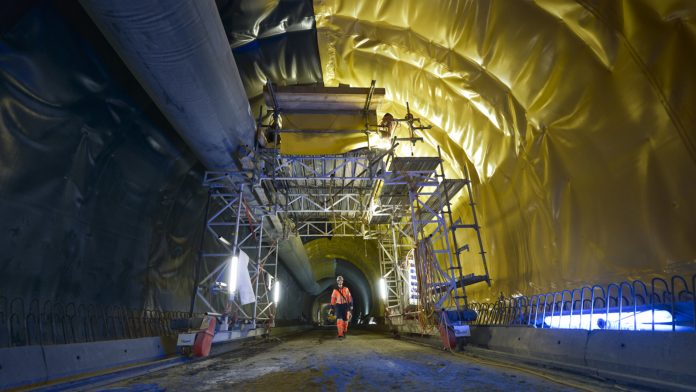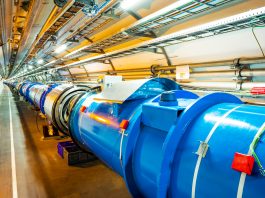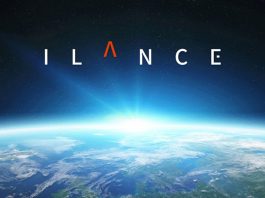Georgie Whitworth, Innovation News Network Editor, spoke to Joachim Mnich, Director for Research and Computing at CERN, to discuss the organisation’s achievements in 2021 and its plans for the future as it strives to transform fundamental physics research.
CERN, the European Council for Nuclear Research, provides physicists and engineers around the globe with large and complex scientific instruments to study fundamental particles. Through its range of particle accelerator facilities, CERN’s work helps to answer many complex questions about the Universe and how it works.
The last year has been of significant note for CERN as it prepared for several key projects to improve the level of its facilities. One of CERN’s major ongoing focuses is the upgrade to the High-Luminosity Large Hadron Collider (HL-LHC). The project aims to improve the capabilities of the original Large Hadron Collider by increasing its luminosity by a factor of up to 10 beyond the LHC’s design value.
2021 also saw the launch of the Future Circular Collider (FCC) Feasibility Study to assess the technical and financial feasibility of a 100km circular collider. If successful, the FCC will push the energy and intensity frontiers of particle colliders, aiming to reach collision energies of 100 Tera electron volts (TeV).
In January 2021, CERN welcomed particle physicist and former DESY Research Director Joachim Mnich as the new Director for Research and Computing. In conversation with Innovation News Network, Mnich explored the progress made at CERN since his appointment and the outlook for the near and long-term future.
What does your role at CERN entail, and what progress have you seen made since your appointment in January 2021?
As the Director for Research and Computing at CERN, I am in charge of the experiments that we are performing here at the CERN accelerators.
One of the main achievements of 2021 was the preparation for the next run of the big accelerator, the Large Hadron Collider (LHC), and the corresponding experiments. We are currently still in what we call the ‘long shutdown’. This is a maintenance period that started almost three years ago, both for the accelerator and the experiments, to carry out repairs and improvements of the accelerator and detectors. I think our achievements so far can be considered a great success. Despite the very difficult circumstances that we are working in amidst the global COVID-19 pandemic, we are on track to start the next run of the LHC and experiment in spring of next year.
We have, however, faced some key challenges. One major difficulty comes from the global collaborative nature of these large experiments. For example, the ATLAS and CMS experiments each involve contributions from over 180 institutes from 40 countries across the world. As you can imagine, we have faced a lot of obstacles over the last few years in getting people to CERN for the installation. Many laboratories around the world have been closed or working at a reduced capacity and speed and getting to our current fortunate position has taken the effort of many people worldwide.
One of the experiments that is particularly time-critical is the LHCb experiment, which has a strong UK contribution. One of the key detectors that we desperately need for the run is currently in Liverpool. They have completed half of the detector, which is waiting there to be tested, so we have to send teams there to bring the detector here to CERN to be installed and repeat this process for the other half of the detector. Although the travel conditions in Europe, particularly in the UK, remain somewhat uncertain, we hope to have successfully prepared both the accelerator and experiments in time for the run starting in 2022.
As you have mentioned, a major ongoing project at CERN is the upgrade to the High-Luminosity Large Hadron Collider, set to be operational by 2027. What is the current status of this project, and are you on track to meet the target of 2027?
The High-Luminosity phase of the LHC, both regarding the accelerator and the experiments, has to be prepared to cope with the much higher data rate. We, therefore, need to explore new technologies because the current experiments, particularly ATLAS and CMS, are based on the technology of the last millennium. At the moment, it looks like we will not be able to maintain the schedule for several reasons.
Following reviews of the accelerator and experiment detectors by international expert candidates, it has been recommended that we extend the run (due to start in 2022) by a year to allow added time to complete the upgrade. The delay is mainly due to the reasons mentioned previously, in that our partners, institutes, and collaborators are operating at a reduced pace. We are also expecting challenges in the delivery of the stock of Application Specific Integrated Circuits (ASICs) that have been developed and still need to be produced for the High-Luminosity phase.
For the accelerator, a key challenge is the high-field magnets. The LHC is based on superconducting magnets, built using niobium-titanium alloy. But we are at the edge of this technology – we cannot increase the magnetic field any further, which, however, we will have to do for the High-Luminosity LHC. Reaching the higher collision rate requires stronger magnets to squeeze the beams in further. Therefore, we are developing a new technology based on niobium-tin alloy, which, in principle, allows for higher fields. The devil is in the detail – we need to produce very high-quality magnets with a high-quality field based on this new material. We have already demonstrated that it is possible to reach this field, but we must still demonstrate the reproducibility and reliability of these magnets. This is something we need to work on over the next few years.
These are just two of the critical challenges. We have not made any firm decisions to delay at this stage, but we are in contact with our funding agencies to reach an agreement on a revised schedule.
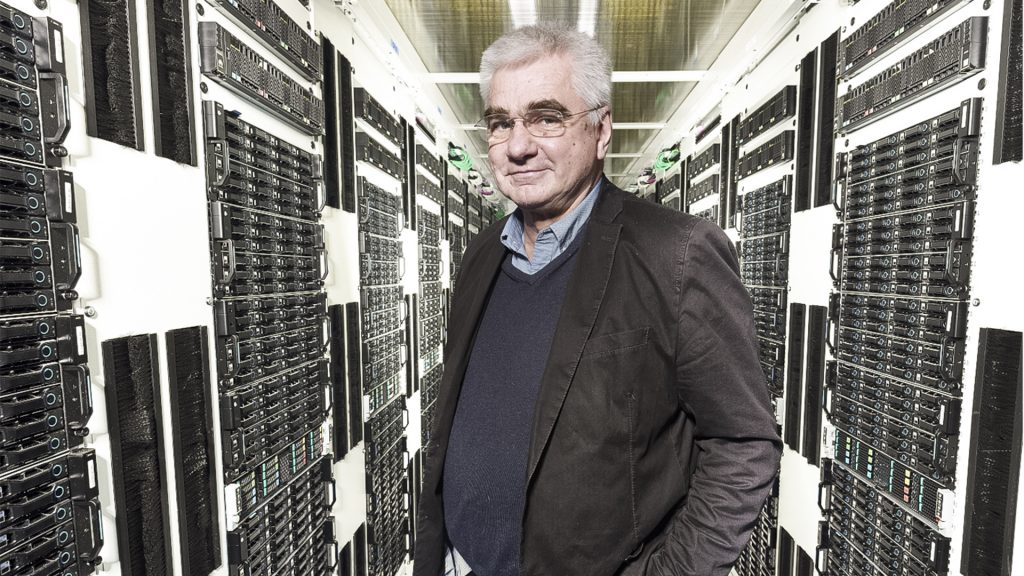
Joachim Mnich, Director for Research and Computing, is responsible for the experiments performed at CERN’s accelerators
The CERN Quantum Technology Initiative (QTI) was launched in 2020. How important has this been for the field of high-energy physics?
Whilst we do not predict any significant breakthroughs in the immediate future, it will be an important initiative in the medium and long term.
We have devised the Quantum Technology Initiative to take on four directions. One key area is computing. As the largest producer of scientific data, the CERN experiments require enormous computing power. The goal here is to see if quantum computing can offer the possibility to master the future challenges. It is not the goal to develop quantum computers, but we are working with partners because we have the data and the challenges for them.
Another challenge for us is the simulation of data. To interpret the data produced at the collider, we need what is known as a digital twin. This is where we simulate processes and compare them to the data to draw conclusions on the underlying physics.
The third area is quantum sensors – new detectors based on quantum technology. My hope is that we will be able to supply some of these new technologies for some of the smaller experiments. There might also be potential applications in the future for larger experiments like the ones at big colliders.
Another focus is communication and networking. Again, like quantum computing, this is speculative at the moment. However, at some point, we would like to explore the potential of new technologies that could be applicable for particle physics.
This summarises the strategy that we have devised. At CERN, we aim to be a platform for our partner institutes in our Member States in Europe, but also beyond Europe, and facilitate universities and other laboratories with access to this technology.
How do the goals of the strategy align with the current research projects at CERN?
The alignment with the main strategy of CERN must be on a medium- and long-term basis. I do not expect the quantum computing solutions to be ready for the next run of the experiments or even for the High-Luminosity phase, but there is strong hope that this will provide a simpler solution in the future.
As I mentioned, there is also the area of simulation and theory. There are some theorists at CERN and other institutes which use numerical calculations to simulate, for instance, the behaviour of particles. This research is done largely using classical computers still, which are limited in the precision that they can achieve and use a lot of computing time. Some physicists are now using quantum computers to input their problems, hoping for a simpler, better, and more precise solution.
I was surprised to recently learn that the ATLAS and CMS experiments each need 30 billion simulated events in the coming year alone. You can imagine this is a significant burden on classical computers at the moment. There may be a possibility that we can achieve this kind of simulation much faster in future using quantum computing.
Communication is vital here. We are the place where the World Wide Web was invented, and we rely heavily on communication and fast connections. LHC computing is done on what is called the Worldwide LHC Computing Grid, which comprises around 170 computer centres across the world with about one million computing cores contributing to the analysis of the experiments. Again, quantum communication might in the future offer simpler, better solutions.
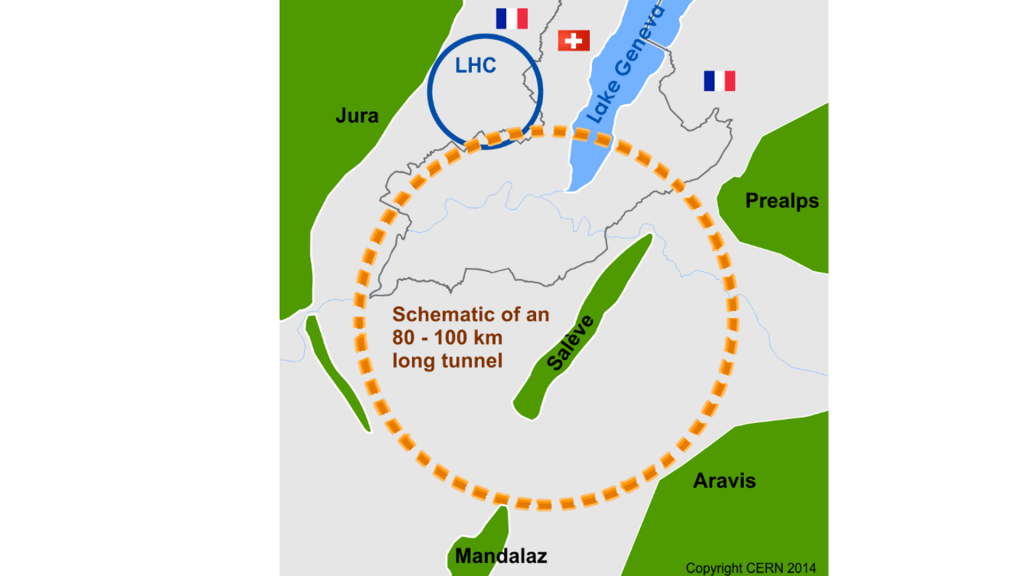
CERN has launched a Future Circular Collider (FCC) Feasibility Study to assess the technical and financial feasibility of a 100km circular collider. The map indicates where the Future Circular Collider tunnel is proposed
What future projects is CERN currently working towards and what are your main goals moving forward?
Aside from the readiness of the High-Luminosity LHC, we are already planning the future beyond that. We are looking at what comes after the LHC.
Several years ago, the CERN Council launched an update of the European Strategy for Particle Physics which defines very clear goals for the future of the field. The strategy determines that the next big collider project after the LHC should be an electron-positron Higgs factory, with the goal to study this interesting new particle in more detail than is possible at the LHC. As a second step, the strategy also suggests that the longer-term goal should be a high-energy proton-proton hadron collider. Like the LHC, this should reach about 100TeV.
Following the strategy, CERN has now launched the Future Circular Collider (FCC) Feasibility Study. This is based on the idea of building a circular collider with a circumference of about 100km. As a first step, this tunnel will house an electron-positron collider to allow for the type of Higgs studies that I mentioned earlier. Such a collider would also enable other physics research, such as improving our knowledge of gauge bosons and top quarks.
This will cover the goal of the Higgs Factory, and we also hope to make significant progress in the next decade on the development of high-field magnets. Magnet development will be one of the key challenges here to be mastered to achieve the goal of a 100TeV proton-proton collider.
We are also exploring potential alternatives for future colliders. We are carrying out studies for linear colliders to provide an alternative technology for a Higgs factory. Although in its infancy, we are also looking at the possibility of a Muon Collider – to collide muons for the first time.
Joachim Mnich
Director for Research and Computing
CERN
home.cern
https://www.linkedin.com/company/cern/
https://www.facebook.com/cern
https://twitter.com/CERN
Please note, this article will also appear in the ninth edition of our quarterly publication.

